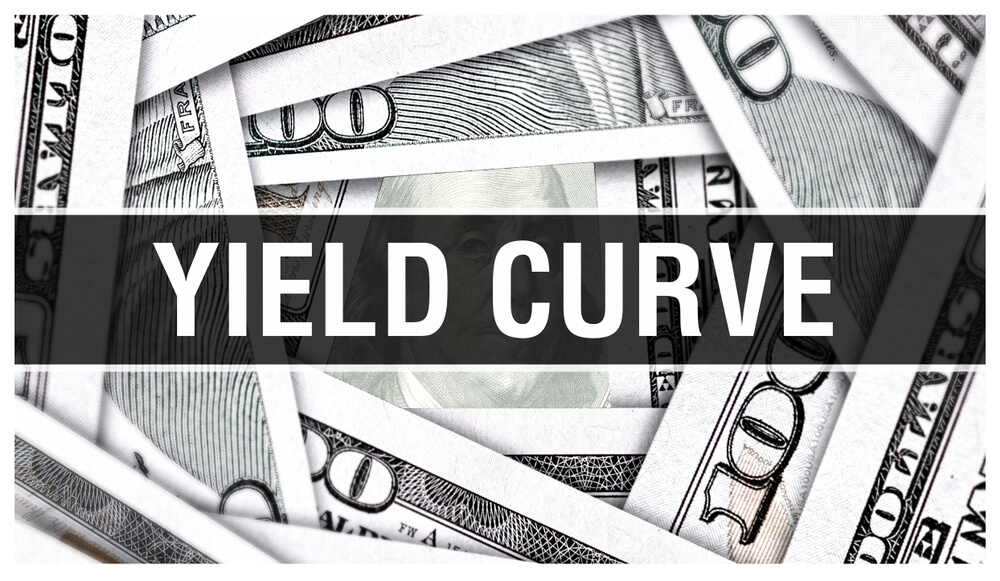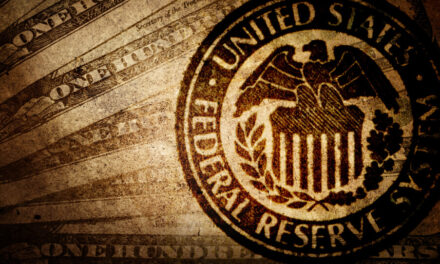Once again, the key spread between the 10-year Treasury and 2-year bond yields inverted multiple times in reaction to news from the U.S.-China trade front Friday.
China announced new tariffs on $75 billion in U.S. imports that would go into effect Sept. 1 and Dec. 15, the same days U.S. President Donald Trump’s own recently announced tariffs are set to begin, Friday, sending markets into a downward spiral.
In response, Trump directed a tweet to “our great American companies” ordering them to “immediately start looking for an alternative to China, including bringing your companies HOME and making your products in the USA.”
The tweet sent the markets reeling even further as investors fled stocks for the safer bond market. Early Friday afternoon, the 10-year Treasury yield was trading at 1.535% compared to the 2-year Treasury note holding at 1.513%, causing an inverted yield curve between the closely watched bonds, according to CNBC. The notes continued to dip into and out of inversion throughout the rest of the day.
Many analysts track the inversion of the 2-10 yields because it is a fairly accurate warning indicator for an impending recession, but predicting when that recession will actually hit can be tricky. Every recession in the last 50 years has been preceded by an inversion of the 2-10 yield and the last five inversions have led to recession, according to CNBC, but a recent study by Credit Suisse showed the inversion comes about 22 months before a recession on average.
Some have doubts about the accuracy of the yield curve inversion as a recession indicator. Earlier this month, St. Louis Federal Reserve President James Bullard said the inverted yield of the 2-10 Treasurys “would have to be sustained over a period of time” in order to really signal a recession.
But Friday was only the latest occurrence of the dreaded yield curve inversion, and the markets actually saw a brief inversion a day earlier after some Federal Reserve officials expressed doubts concerning the Fed’s recent interest rate reduction by 25 basis points to a range of 2-2.25%.




